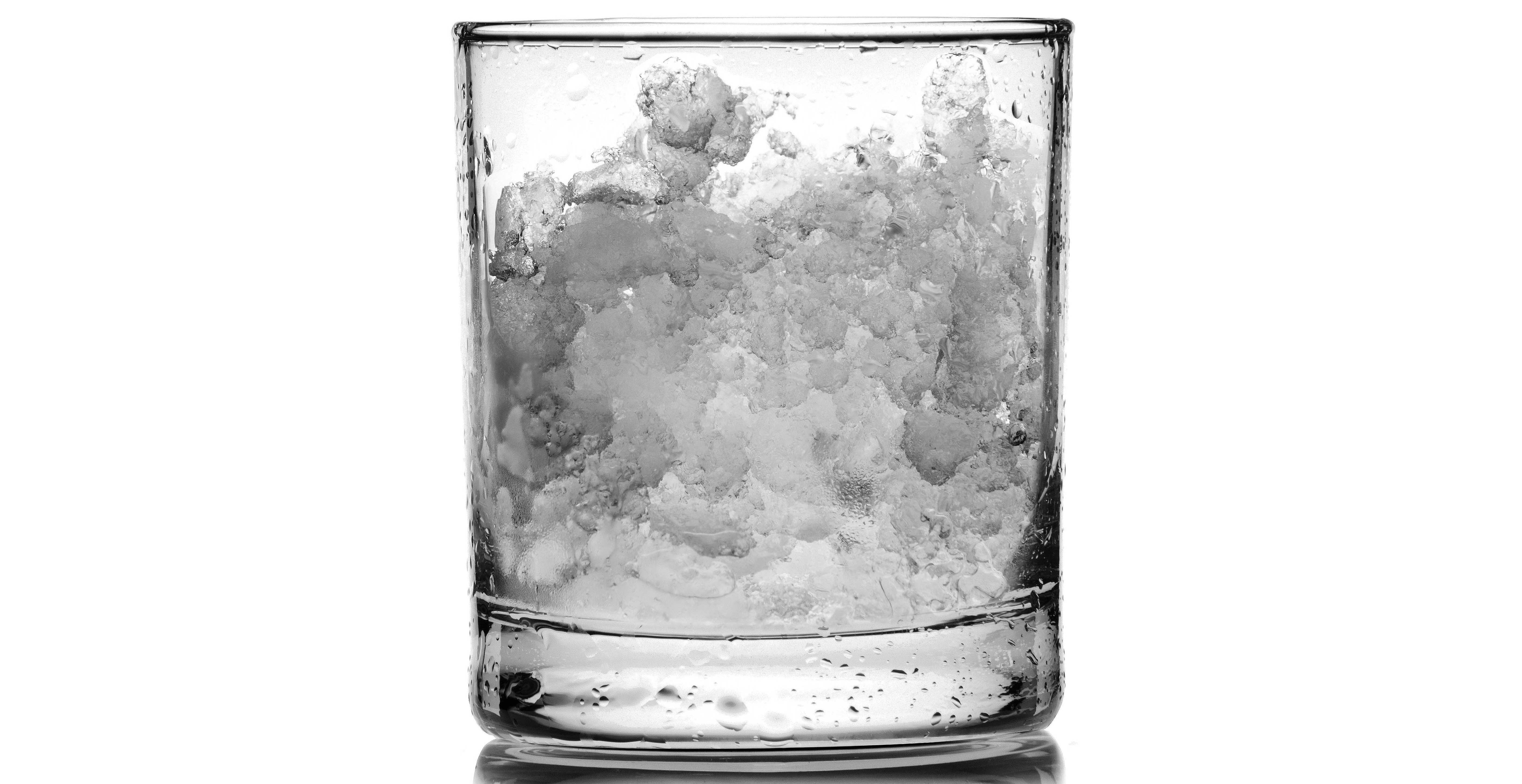All ice is ice, right? Wrong. Here’s the lowdown on FLAKE ICE from Hubbard, the ice experts.
When it comes to unforgettable aromas, there’s nothing quite as bad as gone-off fish, meat or veg. With the assistance of flake ice, it can be avoided. Used in product display units, food transportation and storage, and even hospitals and laboratories, there’s very little out there that’s better for keeping perishables fresher for longer. As an added bonus, flake ice is great for mixing cocktails.
Frozen Gold
So, is it a case of simplicity being key, or is there a science behind flake ice that makes it the best candidate for the role? To tackle this one, we should firstly really look at its construction. Compared to most ice cubes, flake ice is produced at a relatively high temperature – just below freezing – so has high residual water content, clocking in at around 25%. This makes it perfect for keeping fish and produce both chilled and properly hydrated in display units, maximising shelf life.
Too much residual water for you? No worries, there’s also Superflake ice, which is colder and has less water content.
Its shape and malleability give it great capacity to pack into tight spaces and fit around otherwise more awkward-to-chill goods – think of it like a sort of icy bubble wrap.
Meanwhile, if you’re in the kitchen, and your dough or soup needs to be cooled at a sensible speed before going in the oven or fridge, flake ice is certainly the wisest option.
Fun For Flakes
It’s not all hard work for the humble flake ice, though, oh no. What type of ice do you think has been a vital component in Frosé, 2017’s surprise cocktail hit? That’s right, flake ice is ideal for grown-up slush-puppy style drinks. Simply put, it’s just the bee’s knees for bringing the right level of chill to a delicate blend of flavours.
In the ice bucket, it’s just right for the glamorous role of keeping a bottle of bubbly at optimal temperature.
Away from the culinary world, flake ice is ideal for hot/cold therapies. Seen in plunge pools and ice fountains, it’s used for giving the body a chilly blast to compliment the heat of saunas, hot tubs and steam rooms.
Scotsman machines make eight types of ice, as well as flake ice this includes dice, superdice, cubelet, nugget, superflake and scale ice. In order to help operators understand each ice type better, Scotsman has published an Ice Varieties Guide which can be downloaded from its website.

